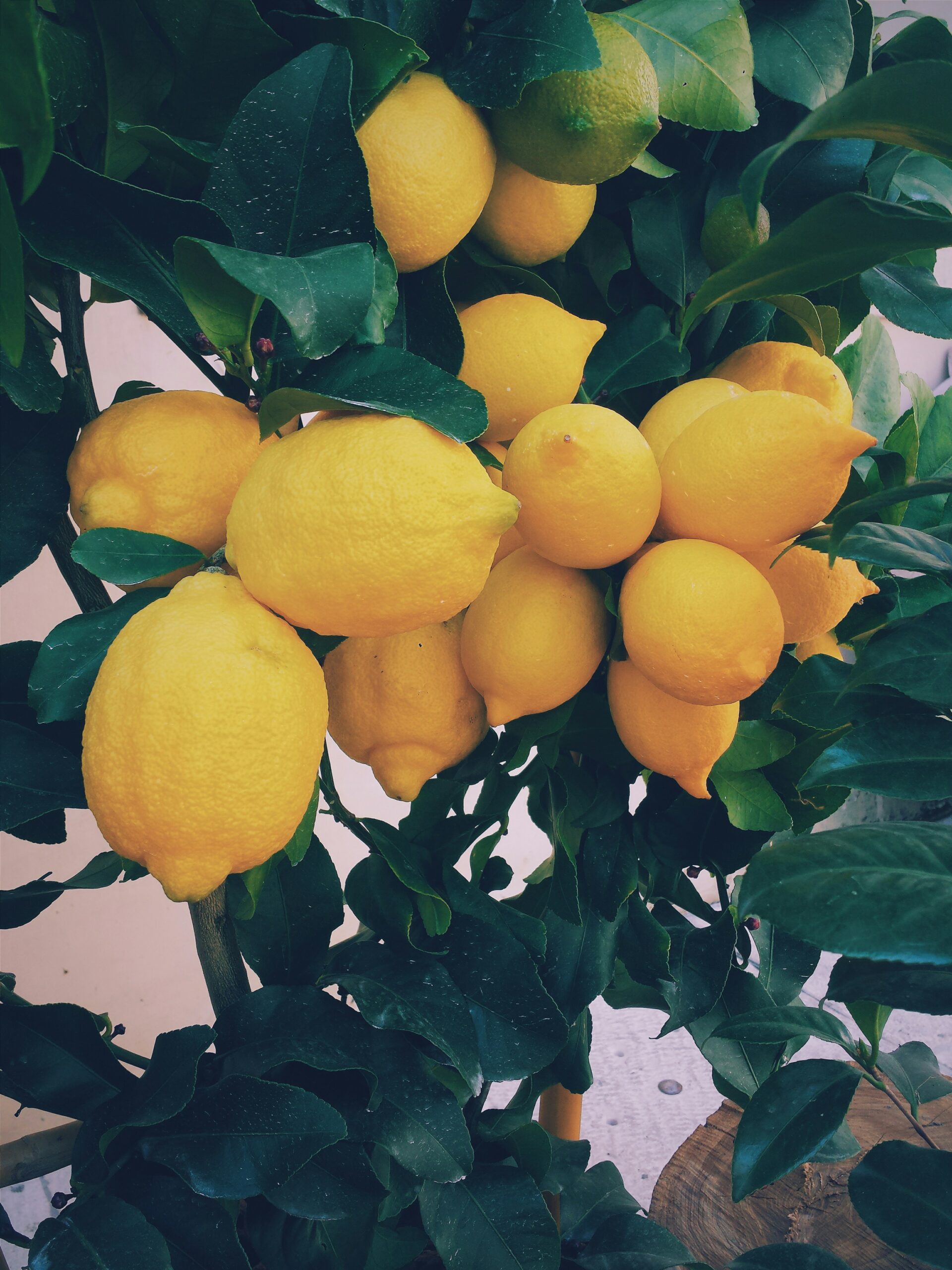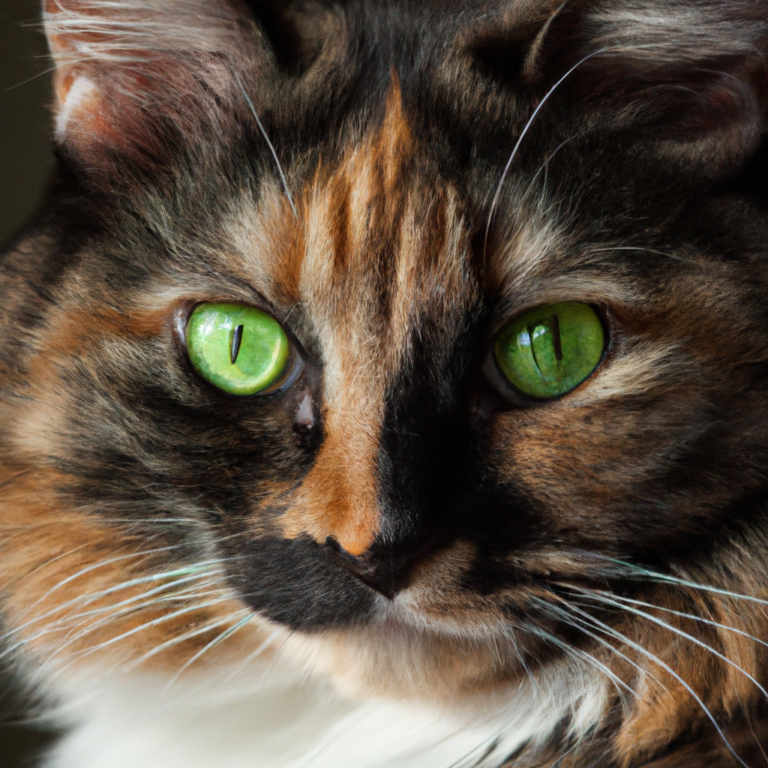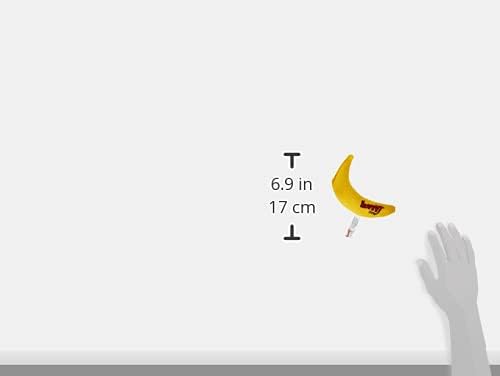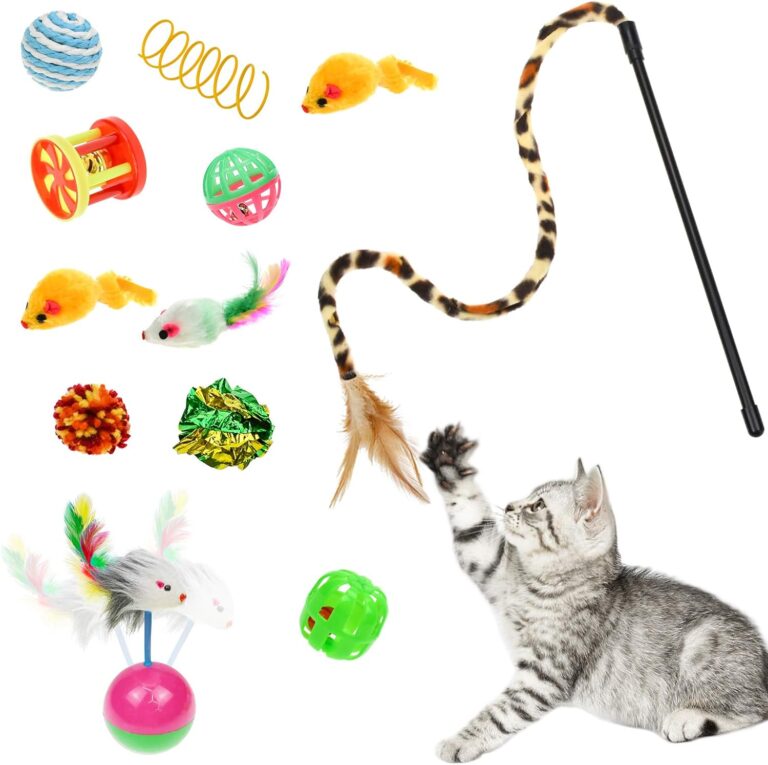How To Keep Dog Out Of Cat Food
Are you tired of constantly finding your dog munching on your cat’s food? We understand the frustration of trying to keep your furry friends away from each other’s meals. In this article, we will share some simple yet effective tips on how to keep your dog out of cat food. By implementing these strategies, you can ensure that your dog stays away from the cat’s food bowl, allowing your feline friend to enjoy their meal in peace. So let’s get started and create a harmonious dining experience for both of your pets!

Understanding the Problem
Different dietary needs
When it comes to feeding your pets, it’s important to understand that dogs and cats have different dietary needs. While dogs are omnivores and can thrive on a variety of foods, cats are obligate carnivores and require a diet that is rich in animal protein. This difference in dietary needs can lead to problems when trying to keep your dog out of your cat’s food. The dog may be attracted to the strong smell of the cat food, which can be problematic if they consume it regularly.
Health risks for dogs
Feeding your dog cat food regularly can pose health risks. Cat food is formulated to meet the nutritional needs of cats, and the high protein and fat content can be too much for dogs. Consuming cat food on a regular basis can lead to weight gain, digestive issues, and even pancreatitis in dogs. It’s important to keep your dog out of the cat food to ensure they are receiving a balanced and appropriate diet for their needs.
Disruption of feeding routine
Allowing your dog to eat from the cat’s food bowl can disrupt their feeding routine. Dogs thrive on consistency and a structured schedule, and when they have access to the cat’s food, their own feeding routine can be thrown off. This can lead to behavioral problems, including begging for food, stealing food, or even becoming possessive over the cat’s food. To maintain a healthy and balanced routine for your dog, it’s essential to keep them out of the cat’s food.
Creating Physical Barriers
Feeding in separate rooms
One effective way to keep your dog out of the cat’s food is to feed them in separate rooms. By designating specific areas for each pet during mealtime, you can prevent your dog from accessing the cat’s food. Make sure to choose rooms that can be closed off or have doors so that the dog cannot wander in and steal the cat’s food. Feeding in separate rooms not only ensures that your dog is eating their own food, but it also allows your cat to enjoy their meal in peace without any interruptions.
Using baby gates
Another option for creating a physical barrier between your dog and the cat’s food is to use baby gates. Baby gates are a convenient way to block off certain areas of your home, and they can be particularly useful in keeping your dog away from the cat’s food. Place the baby gate in a doorway or entrance to the room where your cat’s food is located. This will allow your cat to comfortably access their food while preventing your dog from reaching it.
Installing pet doors
If you have a designated area in your home for your cat’s food, installing a pet door can be a great solution. This allows your cat to move freely between rooms while keeping your dog out. Pet doors are often installed in exterior doors or walls and can be easily accessed by your cat. Make sure to choose a pet door size that is suitable for your cat’s size and install it at a height that your dog cannot reach. This way, your cat can enjoy their meal in a safe and secure area without any interference from your dog.
Adjusting Feeding Schedules
Establishing designated meal times
Setting designated meal times for both your dog and cat can help prevent your dog from getting into the cat’s food. By establishing a routine and consistently feeding your pets at specific times, you can ensure that they are receiving proper nutrition and eliminate the need for them to seek out other sources of food. Stick to a regular schedule and avoid leaving food out for prolonged periods, as this can encourage your dog to explore the cat’s food bowl.
Supervised feedings
If your dog is particularly persistent in trying to get to the cat’s food, it may be necessary to supervise their meals. This means being present during feeding time and making sure your dog stays away from the cat’s food. Stand near the cat’s food bowl while your cat eats, and keep a close eye on your dog to prevent any unwanted behavior. If your dog approaches the cat’s food, gently redirect them and reinforce the idea that their own food is the one to focus on.
Removing uneaten food
To further discourage your dog from going after the cat’s food, make it a habit to remove any uneaten food as soon as your cat finishes eating. Leaving food out can be a temptation for your dog, and it increases the chances of them sneaking a snack from the cat’s bowl. By promptly removing the cat’s food, you eliminate the opportunity for your dog to indulge in it.
Feeding Techniques and Training
Teaching ‘Leave it’ command
Training your dog to obey the ‘Leave it’ command can be extremely helpful in keeping them away from the cat’s food. This command teaches your dog to ignore or leave behind anything that captures their attention, including the enticing smell of the cat food. Start by holding a treat in your hand and give the command ‘Leave it.’ When your dog refrains from trying to take the treat, reward them with a different treat or praise. Practice this command regularly and gradually introduce the cat’s food into the training sessions.
Using positive reinforcement
Positive reinforcement is a powerful tool when it comes to training your dog to stay away from the cat’s food. Whenever you catch your dog ignoring or leaving the cat’s food alone, reward them with praise, treats, or their favorite toy. By associating good behavior with positive rewards, your dog will be more likely to repeat this behavior in the future. Consistency and patience are key when using positive reinforcement, so be sure to reinforce the desired behavior every time your dog demonstrates it.
Feed the dog before the cat
One technique to deter your dog from eating the cat’s food is to feed your dog before offering your cat their meal. By satisfying your dog’s hunger first, they will be less likely to show interest in the cat’s food. Establish a routine where your dog is fed and given time to digest before the cat’s feeding time. This helps to decrease any competition or temptation between the two pets and promotes a more peaceful feeding environment.
Food Location and Management
Raising cat food bowls
Raising the height of your cat’s food bowls can be an effective way to keep your dog out of their food. Choose a raised feeding platform or use a sturdy elevated feeder specifically designed for cats. This will not only make it more difficult for your dog to reach the cat’s food but also provide a comfortable feeding position for your cat. Cats naturally prefer to eat at a slightly elevated level, so this option serves a dual purpose by promoting their well-being as well.
Using elevated feeders
Similar to raising the cat’s food bowls, using elevated feeders for both your dog and cat can help keep them separate during mealtimes. Elevated feeders come in various heights and designs, making it easier to ensure that your dog cannot reach the cat’s food. The elevated height also benefits both pets by reducing the strain on their neck and promoting better digestion. By providing separate elevated feeders for each pet, you create a clear boundary that discourages your dog from investigating the cat’s food.
Utilizing cat-only spaces
Creating designated cat-only spaces in your home can be an effective way to keep your dog out of the cat’s food. Set up a room or area that is exclusively for your cat, complete with their food, water, litter box, and comfortable sleeping spots. Make sure this area is off-limits to your dog, either by using baby gates or closing the door. Having a cat-only space allows your cat to eat peacefully without the fear of your dog intruding.
Choosing the Right Cat Food
Opt for cat food with strong odor
One way to deter your dog from getting into the cat’s food is to choose cat food with a strong odor. Dogs are often attracted to the smell of cat food because of its higher protein content. By selecting a cat food brand that emits a potent scent, you can make it less appealing to your dog. This can help discourage them from attempting to eat the cat’s food and make it easier to enforce boundaries.
Select food with unappealing flavors
Certain cat food flavors are generally less appealing to dogs. For example, fish-based flavors, like salmon or tuna, tend to be popular among cats but may not be as appealing to dogs. If you can find a cat food variety that your dog finds unappealing, it can serve as an additional deterrent to them trying to eat it. However, it’s important to ensure that the flavor you choose still meets your cat’s nutritional needs.
Consult your veterinarian
When in doubt, it’s always a good idea to consult your veterinarian for advice on choosing the right cat food. They can provide guidance on the nutritional requirements of your cat and recommend brands or formulations that are both appealing to your cat and appropriate for their needs. Your veterinarian can also offer insights on any dietary concerns or health issues your cat may have, helping you make an informed decision when it comes to cat food selection.
Creating Distractions
Provide interactive dog toys
Keeping your dog engaged and mentally stimulated can help divert their attention away from the cat’s food. Provide your dog with a variety of interactive toys that require them to think and solve puzzles in order to access treats or rewards. This will not only keep them occupied but also redirect their focus to more appropriate activities. By offering enticing and engaging toys, you can reduce your dog’s interest in the cat’s food.
Employ puzzle feeders
Puzzle feeders are another great option for keeping your dog entertained while preventing them from going after the cat’s food. These feeders are designed to make mealtime a challenging and engaging activity for dogs. Instead of being able to quickly eat their food, dogs have to work through the puzzle feeder to access the kibble. By making mealtime more stimulating for your dog, they will be less likely to seek out the cat’s food.
Engage in regular exercise
Regular exercise is essential for dogs’ physical and mental well-being. By providing your dog with ample exercise, you can help reduce their energy levels and prevent them from boredom-induced behaviors such as exploring the cat’s food. Engage in daily walks, play fetch, or incorporate interactive play sessions to tire out your dog. A tired dog is a content dog, less likely to be motivated by the allure of the cat’s food.
Utilizing Behavioral Techniques
Train dog to ‘Stay’
Teaching your dog the ‘Stay’ command is a helpful obedience skill that can be used to keep them away from the cat’s food. Start by practicing ‘Stay’ in a controlled environment without any distractions. Gradually increase the difficulty by introducing distractions such as the smell of the cat’s food. Reinforce the ‘Stay’ command and reward your dog for maintaining their position. With consistency and practice, your dog will understand that they are not to approach the cat’s food unless given permission.
Reward positive behaviors
Positive reinforcement plays a vital role in dog training. Whenever your dog exhibits positive behaviors, such as ignoring the cat’s food or remaining in a designated area during mealtimes, reward them with praise, treats, or a favorite toy. This reinforcement strengthens the desired behavior and motivates your dog to continue behaving appropriately. Dogs thrive on positive feedback, so be sure to acknowledge and reward their good behavior consistently.
Correct unwanted behavior
In addition to rewarding positive behaviors, it’s important to correct unwanted behavior when your dog attempts to eat the cat’s food. Use a firm, but not aggressive, tone to issue a verbal command such as ‘No’ or ‘Leave it.’ Redirect your dog’s attention towards their own food or a toy. Consistency is key when correcting unwanted behavior, so be sure to respond in the same manner each time your dog tries to access the cat’s food.
Seeking Professional Assistance
Consulting a dog trainer
If you’re struggling to keep your dog out of the cat’s food despite your best efforts, it may be beneficial to seek assistance from a professional dog trainer. A dog trainer can provide customized guidance and training techniques to address your specific situation. They will assess your dog’s behavior and help you develop a training plan to discourage them from eating the cat’s food. With the expertise and guidance of a dog trainer, you can ensure that your dog learns appropriate boundaries and behaviors around the cat’s food.
Hiring a pet behaviorist
For more complex issues or persistent behavioral problems, hiring a pet behaviorist may be necessary. Pet behaviorists are experts in animal behavior and can provide in-depth analysis and solutions for problematic behaviors. They can work closely with you and your pets to identify the underlying causes of your dog’s interest in the cat’s food and develop a comprehensive behavior modification plan. With their professional guidance, you can address the root cause of the problem and work towards a long-term solution.
Attending obedience classes
Attending obedience classes with your dog can be a valuable experience in helping to keep them out of the cat’s food. These classes provide structured training sessions and socialization opportunities for your dog. With a professional trainer guiding you, you can learn effective training techniques and practice in a controlled environment. Obedience classes not only help in preventing unwanted behaviors but also strengthen the bond between you and your dog.
Conclusion
Keeping your dog out of the cat’s food is important for their dietary health, feeding routine, and overall harmony within your household. Understanding the different dietary needs of dogs and cats is the first step in addressing this issue. Creating physical barriers, adjusting feeding schedules, and using training techniques can all contribute to keeping your dog away from the cat’s food. By implementing a combination of these strategies, choosing the right cat food, providing distractions, and utilizing behavioral techniques, you can successfully keep your dog out of the cat’s food. And if you find yourself struggling, don’t hesitate to seek professional assistance from a dog trainer or behaviorist. With patience, consistency, and the right approach, you can ensure a peaceful mealtime experience for both your dog and cat.









